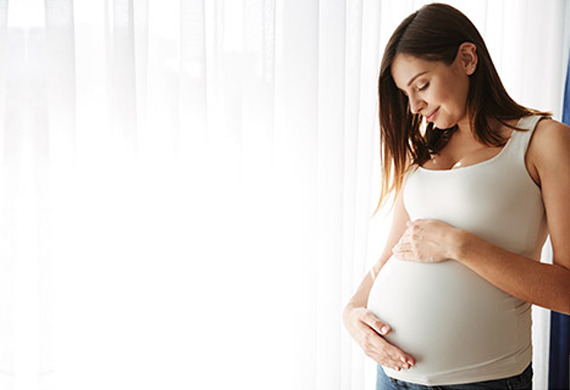
India tops the list of 10 Nations Facing Highest Maternal deaths, Stillbirths & Newborn Fatalities
By: WE Staff
According to a recently released United Nations report, India is at the top of a list of 10 nations that together account for 60 percent of global maternal fatalities, stillbirths, and newborn deaths globally and 51 percent of stillbirths because of the nation’s large birth cohort.
The WHO, UNICEF, and UNFPA's monitored the progress of the most recent estimate which was unveiled during the recent "International Maternal Newborn Healthcare Conference" (IMNCH 2023). It entails that in 2020-2021 there were a total of 4.5 million fatalities which includes 0.29 million maternal deaths, 1.9 million stillbirths, and 2.3 million infant deaths.
The regions which record the highest death rates include Sub-Saharan Africa and Central and Southern Asia, while there are differences across these regions in the rate at which these nations are making progress to achieve the global 2023 objectives.
The reports of the first ever Every Newborn Action Plan (ENAP) and Ending Preventable Maternal Mortality (EPMM) progress tracking report stated that the decline in investments in maternal and newborn health has caused global progress in decreasing the deaths among pregnant women, mothers, and babies for the last eight years.
According to Dr, Anshu Banerjee, the Director of Maternal, Newborn, Child, and Adolescent Health and Ageing at the World Health Organisation (WHO) mentioned that the coronavirus pandemic has made it more problematic to provide proper medical care to pregnant women and newborns what they need. Pregnant women and newborns continue to die at unacceptably high rates throughout the world due to a lack of medical care.
She further added that we must act accordingly to get the desired results. Every mother and child, regardless of where they reside, should get the best chance of health and survival, more and wiser investments need to be done to get basic healthcare.
Dr. Allisyn Moran, Maternal Health Lead at WHO addressed the media and stated that the rate of maternal, infant, and stillbirth have decreased since 2000, and there has been a notable maintenance in these rates since 2015. We need to put a lot of effort to fasten this advancement if we hope to meet the SDG objectives by 2030. To get there, we must practice life-saving measures for high-quality antenatal, intrapartum, and postnatal care for women and newborns to prevent stillbirths.
Dr. Allisyn said that by 2025, they have a target to reach better-skilled birth assistance, antenatal, and postnatal.
In 2020, there was a recordable death rate that includes, 7,88,000 maternal deaths, stillbirths, and newborn deaths in India making up a total of 4.5 million fatalities all over the world. In addition to that, India is also responsible for 17 percent of live births globally, which may contribute to the high rate of maternal, stillbirths, and newborn fatalities.
The other nations which have recorded high maternal fatalities, stillbirths, and neonatal deaths are Nigeria, Pakistan, the Democratic Republic of Congo, Ethiopia, Bangladesh, and China. The last ten years have seen a decrease in worldwide progress in lessening maternal, neonatal, and stillbirth fatalities according to recent reports. The percentage of these fatalities increased rapidly after 2010 whereas, in the years between 2000 and 2010, the rates were low. Finding the main reasons for this slowdown and taking appropriate measures to solve them is crucial.
The report stated that Global Challenges occurred due to the Covid-19 pandemic, climate change, conflicts, and other hazardous calamities, as well as some countries are way more expensive and have the potential to further slow progress in the past ten years which has a greater impact on investment towards maternal and neonatal health targets.
Steven Lauwerier, the Director of Health for UNICEF mentioned about vulnerability, fear, and loss are not distributed equally around the world too often. He stated that "Since the Covid-19 pandemic, babies, children, and women, who were already exposed to threats to their well-being, especially those living in sensitive nations and emergencies, are still going through difficult situations of decreased spending and efforts on providing quality and accessible healthcare.
According to the reports, funding shortfalls and under-investments in basic healthcare might seriously harm the survival prospects.
Research said, fewer than 60 percent of women will get even four of the eight WHO's recommended antenatal checks, in poorly affected nations like Sub-Saharan Africa and Central and Southern Asia.
The organizations for women and child care have stated that female and newborn children need to access proper family planning services as well as high-quality and affordable healthcare before, during, and after childbirth to boost survival rates. Along with necessary medical facilities and supplies, clean water and reliable electricity are also very important.
Women who are going through vulnerable circumstances and can even take life-saving treatments should be taken care of. As removing gender stereotypes, biases, and inequalities is necessary for improving maternal and infant health.






